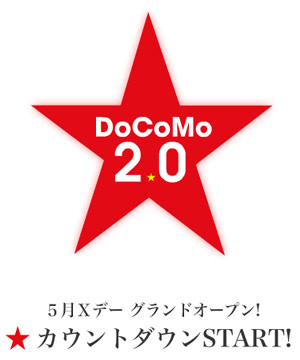 On Monday 23 April NTT DoCoMo unveiled their latest 3G handsets, the 904i-series, at a press conference held here in downtown Tokyo.
On Monday 23 April NTT DoCoMo unveiled their latest 3G handsets, the 904i-series, at a press conference held here in downtown Tokyo.
WWJ pointed to this webcast of their presentation, which clearly stated from the very beginning the new “DoCoMo 2.0” campaign theme.
We shouldn’t really be surprised that the main message, from Japan’s dominant mobile operator, contained in the announcement somehow managed to get 2.0 attention from the mainstream media. With few exceptions, the entire tech web focused on the motion-sensor for gaming application. Few if any noted how ironic it was that while the company insisted it was going to “focus on offering unique applications and services that will be difficult for the competition to duplicate” they were in fact introducing a functionality which was originally made available in Japan [video here] by Vodafone and Sharp over two years ago.
Perhaps the gritty details — such as the fact that all five new models will (of course) ship pre-installed with the Osaifu-Keitai FeliCa mobile wallet together with related security services — are less appealing to the overseas media than Nokia’s recent announcement that they, too, have the mobile wallet urge?
To be sure, there were a few interesting new offerings in Natsuno-san’s presentation, such as the 2-in-1 dual-identity option and flat-rate access to Napster’s full music library service. However, one of the main observations we take away from this news is that the rest of the world still tends to focus only on the most quirky headlines (wait until the MSM find out about this one). WWJ subscribers login for our thoughts on this latest development.


 On Monday 23 April NTT DoCoMo
On Monday 23 April NTT DoCoMo